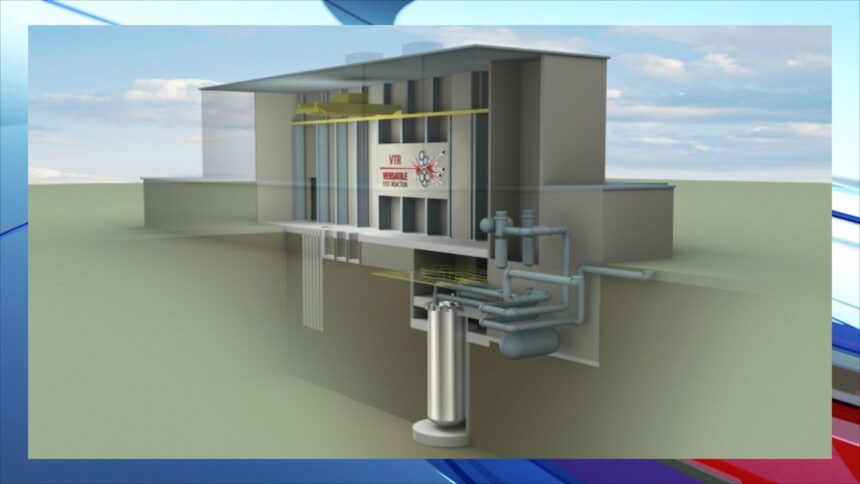Virtual Test Reactor draft EIS released for comment

WASHINGTON, D.C. (KIFI/KIDK)-The U.S. Department of Energy has released a draft environmental impact statement for public comment on plans for construction of the Versatile Test Reactor (VTR). The VTR would be a sodium-cooled fast-neutron-spectrum test reactor. It is intended to enhance and accelerate research, development, and demonstration of innovative nuclear energy technologies.
The draft EIS analyzes potential impacts of the VTR alternatives and options for reactor fuel production on various environmental and community resources.
It will review three key areas, including construction and operation at either the Idaho National Laboratory or Oak Ridge National Laboratory. That will include operating and performing experiments in the VTR, post-irradiation examination of test specimens in hot-cell facilities, and storage pending shipment for interim or permanent disposal.
The EIS will also look at production of fuel for the VTR at the INL and/or Savannah River Site, including feedstock for the fuel, fabricating fuel pins, and assembling the fuel pins into reactor fuel.
There will also be a no action alternative, under which DOE would not pursue construction and operation of a VTR.
According to DOE, the EIS will identify the construction and operation of the VTR at the INL site as its Preferred Alternative. And, to the extent possible, the VTR would use existing facilities, modified as necessary, for the VTR support facilities.
The public comment period will conclude 45 days after it is published in the Federal Register on December 31.
DOE plans two public hearings on the Draft EIS. DOE will host internet-based, virtual public hearings at a yet-to-be announced date. The hearing notice will be posted on DOE’s Office of Nuclear Energy website.
The VTR program was established in 2018 to assess the mission, need, and cost of a reactor-based-fast-neutron source with high neutron flux, irradiation flexibility, multiple experimental environment capabilities, and volume for many concurrent users.
DOE approved the mission need in February 2019 and approved Critical Decision 1, giving the EIS a green light in September of 2020. The Department will make a final decision following completion of the EIS and Record of Decision in late 2021.
